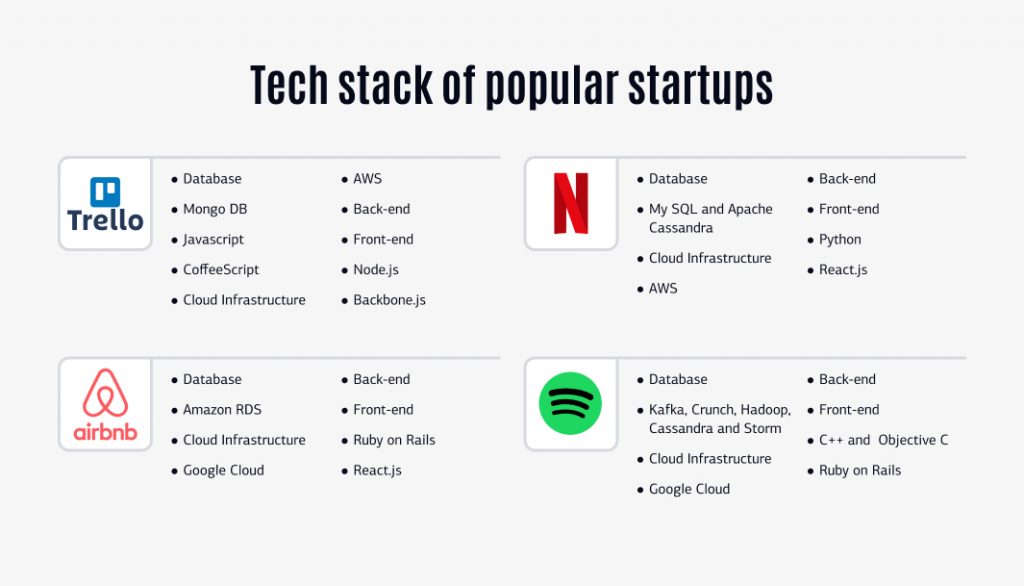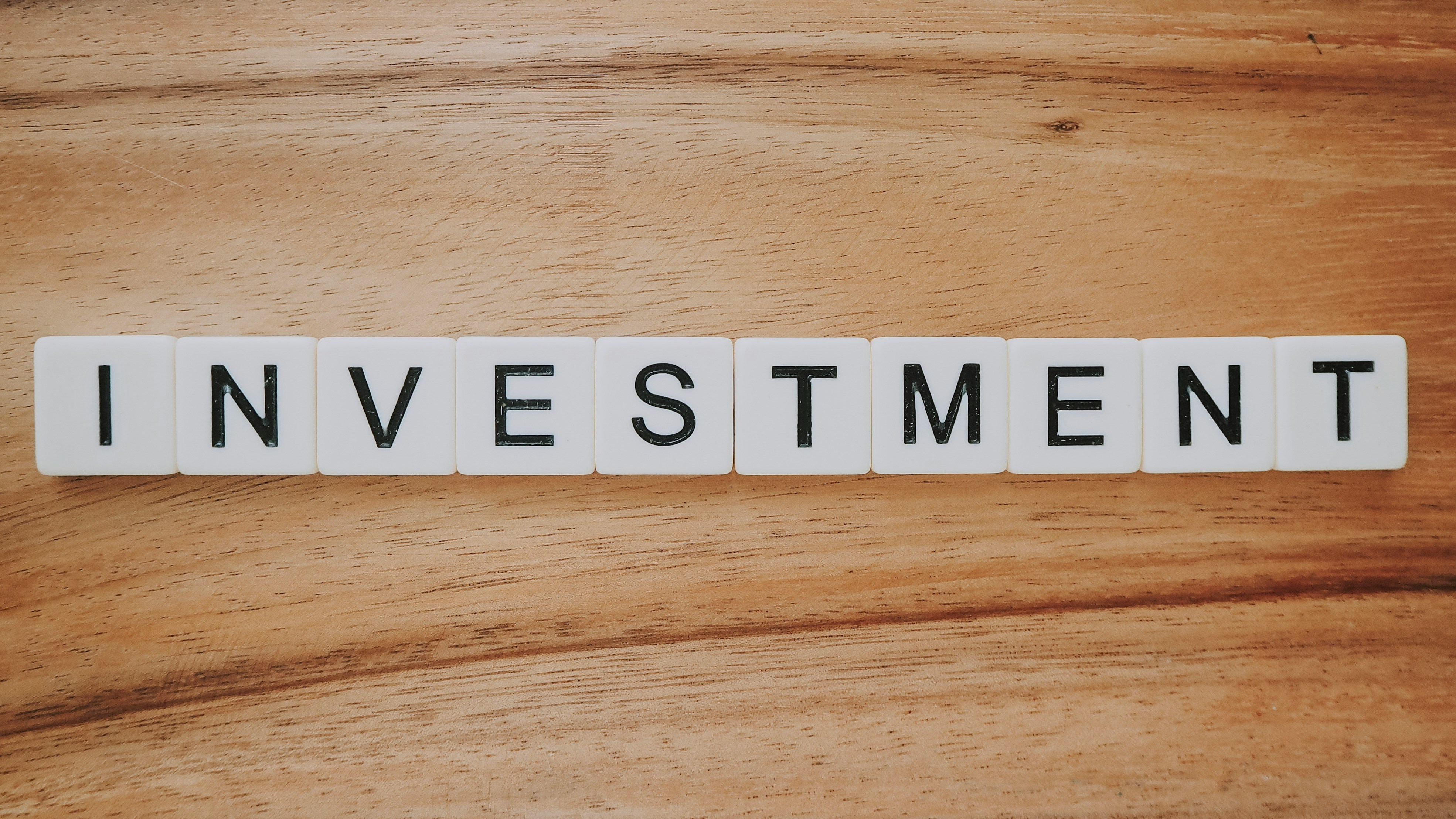SaaS product development has become a common procedure in companies undertaking digital transformation. With features and advantages that make life easier for its end users, the necessity for SaaS products will only increase. According to Gartner, worldwide end-user spending on public cloud services is estimated to grow 20.7% to $591.8 billion in 2023.
Many SaaS products start in the same way. Someone finds an issue or identifies a gap or inefficiency in a process and says to themselves, “Wouldn’t it be good if…”
At first, it seems to be a straightforward proposition. Identify an issue, analyze the requirements of people who have that problem, and then start working on a solution. However, the journey from a good idea to a successful market launch is not often this straightforward.
There are several guiding principles to follow throughout the SaaS product development process that can help you launch a product effectively. In this article, we’ll look at the most important steps on how to build a SaaS product that provides client lifetime value and more revenue to your company.
What is a SaaS Product?
SaaS refers to the cloud computing model of software-as-a-service. Ready software is delivered to customers through an Internet connection. It means that a client may access the required software from any device with a web browser online.
In a nutshell, SaaS allows you to save money on expensive hardware by storing data and apps in remote data centers. SaaS users do not have to deal with maintenance, compliance, or security issues in this way. As a result, the long-term costs of SaaS development will be lower.

Modern SaaS technology is available in a wide range of settings. It enables the creation of platforms that can connect apps, integrate Internet of things (IoT) technologies, and analyze large data. IoT and big data are the most popular technological developments. That is why understanding how to develop a SaaS product is such an excellent investment.
Process of SaaS Product Development
Conduct Market Research
As with any new startup, you don’t want to build a SaaS product no one wants. Any startup book you read will analyze the target market and market size. There must be an itch that needs to be scratched. And hopefully, many people, whether they realize it or not, have that itch. Market research should cover these aspects as well as competition and branding – who or what do you compete against, and how do you position yourself?
Develop a Strategy
Market research gets things started, and then you have to plan out where you want things to go. Is this a profitable business opportunity? What services does the company provide? How would you attract more customers? Define your ideal consumer – perhaps you met them while conducting market research. Consider your strategy to begin a business, including the resources you have and what you require to create SaaS application and a business.
Determine Pricing Model
Pricing model specifications are not always simple. You must not just solve your clients’ business problems but also be paid appropriately for the value you deliver. The model should be chosen depending on your idea and market research. Before choosing a price strategy, it is critical to complete market research because it will depend on how your product fulfills your customers’ requirements and how much and how frequently they are ready to pay for this solution.
As a result, it is essential to estimate unit economics early on. If you charge too much, new customers may choose your competitors’ solutions, and adoption of your SaaS product may stop.
SaaS pricing models examples:
- Usage-based pricing
- Pricing per feature
- Simple, flat-rate pricing
- Freemium
- Tiered Pricing

Designing User Flow & Wireframing
Now that we have a team and a basic idea in mind, we can begin designing the user flow of the SaaS product and building the wireframe. This is where you define the user’s probable paths and user journeys and develop a user flow diagram. After that, you may begin working on the wireframe for your product. This is how you may create the best design for your product. This would include a hierarchical structure for your app and a graphic illustration of how it would look.
MVP Development
With the wireframe and visual data for your product available, you can begin developing the prototype for your SaaS product. You can work with an experienced company to develop an MVP. This is the first functional version of your Saas platform that can be tested with beta users. You have a team of developers (both frontend and backend) working on your SaaS product’s code. You choose the main feature of your product and create the prototype around it. This allows you to launch faster, test it on your users, evaluate market demand, work based on feedback, and even receive market validation.
Your solution architects and developers cooperate to understand how to build a SaaS product environment and code the back-end and front-end. They determine architectural and infrastructural decisions while developers create the code for the SaaS solution.
Product Testing & Launch
Before launching your SaaS software product, ensure it fits your expectations and the needs of your final consumer. Furthermore, it should be free of bugs and operate smoothly. As a result, you should have quality assurance engineers and product testers on board to undertake manual and automated testing of the SaaS product. Furthermore, your development team should include analysts that can examine feedback and data from beta testers. They can assist in identifying basic use cases or issues that require attention. You may prepare your SaaS product for launch once you have thoroughly tested it and eliminated any issues.
Optimization
Once your product is released, it is all about maintenance, management, and optimization. By optimizing a SaaS product, we mean optimizing the SaaS environment in terms of pricing, user experience, performance, availability, functionality, and other factors. To grow your business, you must guarantee that your SaaS product is appropriately optimized. Careful optimization can even benefit in lowering production costs when scaling. This leads us to the next phase, which is scaling.
Scaling
This is an important phase in the lifecycle of your SaaS solution. Every company strives to expand its customer base over time. This is the stage at which you must plan the future steps of your SaaS product. This might include options like introducing additional features, improving tenet facilities, product updates, and so on. Now that you understand the key processes in each of these stages of the software development lifecycle, let’s move on to the next chapter.
Challenges You Come Across With
Any successful industry is going to face some challenges. And when your team is ready to begin or has already started the SaaS development lifecycle, there may be a few obstacles to overcome. Let’s look at some of the most typical issues you could encounter with your SaaS product or SaaS development.
1. Third-party Integration
One of the most complex challenges for businesses developing SaaS products is integrating them with third-party apps. The SaaS solution should be able to communicate with other apps and share data in real-time. Payment gateways, CX platforms, contact databases, CRM, feedback tools, email services, and other services may be included. SaaS companies would need to either build their own proprietary integrations for the functionality or offer services or facades that would allow such integrations.

2. Security & Data Protection
Data is valuable, and businesses should guarantee that consumers’ data provided in their SaaS product is protected at all costs. And, given the massive quantity of data that SaaS businesses must store, data protection and security have become a major challenge. SaaS solutions are associated with a variety of security risks. Data breaches, identity theft, illegal data access, phishing attempts, cloud synchronization, account takeover, and other issues may be included.
Businesses should verify that the database is well-defined and GDPR compliant while getting SaaS product development. In addition, SaaS providers should guarantee that they have HIPAA, SOX, PCI-DSS, and other compliances based on their business model.
3. Issue of Scalability & Future Updates
Businesses use SaaS because they don’t have to worry about tech upgrades from frameworks or having the product updated for security patches, features, and more. They expect that the SaaS provider will deliver it. And it is the SaaS product owner’s or provider’s responsibility to keep the product updated and the app scaled as needed.
SaaS providers can collaborate with an established SaaS development company to ensure frequent upgrades for technologies and versions, as well as the launch of new features based on user feedback.

4. Managing the Lifecycle of Subscribers
SaaS companies must also manage the lifecycle of their SaaS subscribers depending on their plans and subscriptions. Businesses would struggle to manage the billing cycle without comprehensive SaaS lifecycle management. They can employ third-party software to help manage the customers’ SaaS lifecycles, or they can have a team develop the functionality within the SaaS product.
5. Choosing Pricing & Delivery Model
Every company aims to have a successful SaaS monetization strategy. And choosing the delivery and price strategy is important in defining that. This is a key challenge that most SaaS providers face.
They must keep their target audiences in mind when setting price and selecting the model that will drive the most subscriptions. It might be freemium, fixed price, usage-based, tiered model, per-user, feature-based, or a combination of these. Not only that, but you must also outline the monetization plan to make income from the product. Choose from several types of monetization such as subscription, advertisement, Freemium, etc. When choosing a business model, consider your product’s lifespan or how it will be introduced, its offers, software development expenses, and the target audience in mind.

6. Maintaining Consistency
SaaS products are often built to be accessed by consumers across several platforms. Furthermore, it can have an infinite variety of options when it comes to user plans, subscriptions, and use requirements. There may be layout inconsistencies in design, navigation, and different devices or screen sizes. Inconsistency in code and data synchronization between servers is also possible.
This challenge may be resolved by developing a customized SaaS solution. Furthermore, you may have the SaaS application development team, design hooks, and filters that will allow consumers to customize the product based on their needs without requiring any programming. It’s no surprise that SaaS companies face several challenges. Despite these challenges, strategic planning and strategizing may help one effectively launch a SaaS product and become a leader.
Technology Stack For Building a SaaS Product
Almost any language may be used for software as a service. Consider your previous experience and language availability while selecting a programming technology to create your SaaS product on (a large number of quality libraries, frameworks, and supporting community).
Java would be the most basic solution, as it can be used on the front-end (Angular, React, Vue.js), back-end (Node.js), and mobile (React Native).
Some claim that Ruby on Rails is the ideal framework for the back-end of a Saas platform since it allows for quick coding, is relatively flexible and is extremely scalable.
A reliable cloud database to handle back-end data is also required to build SaaS software. There are two main relational databases: MySQL and PostgreSQL, so make sure your developer is familiar with both.
However, depending on the features you want in your business application, various programming languages and technology stacks may be more suited to your needs. In our experience, practically every programming language has been used to create SaaS application.

EVNE Developers already has a track record of developing websites and apps in a variety of sectors (IoT, SaaS, Marketing, etc.) using 50+ programming languages, frameworks, and other technologies. We also have a lot of expertise with multi-tenant saas architecture.
Conclusion
Now you know how to build a SaaS application and the main challenges of the process. EVNE Developers is a digital innovation and bespoke SaaS development company that creates human-centered SaaS solutions that you and your customers actually require. Our objective is to learn about your company, identify the problem you want to solve, and develop a strategy-driven solution that works for your users while accelerating digital change in your organization. We’ve helped hundreds of companies transform ideas into opportunities that improve business development, from investigating and validating marketing fit to producing significant product ideation and building innovative SaaS solutions.
Do you need help developing your own SaaS product? Contact us!


















